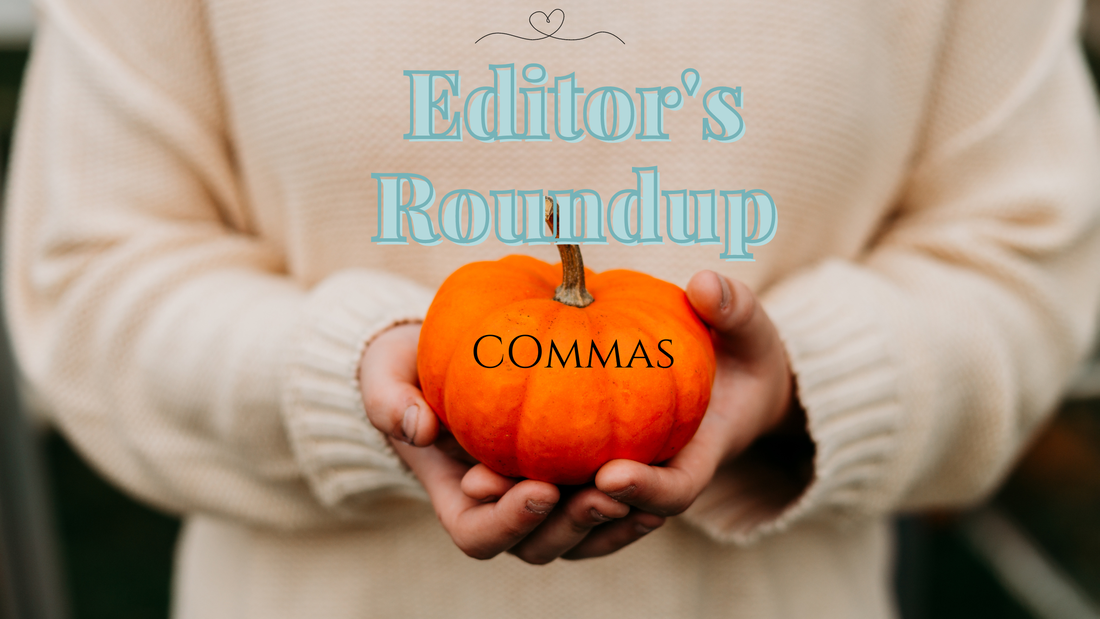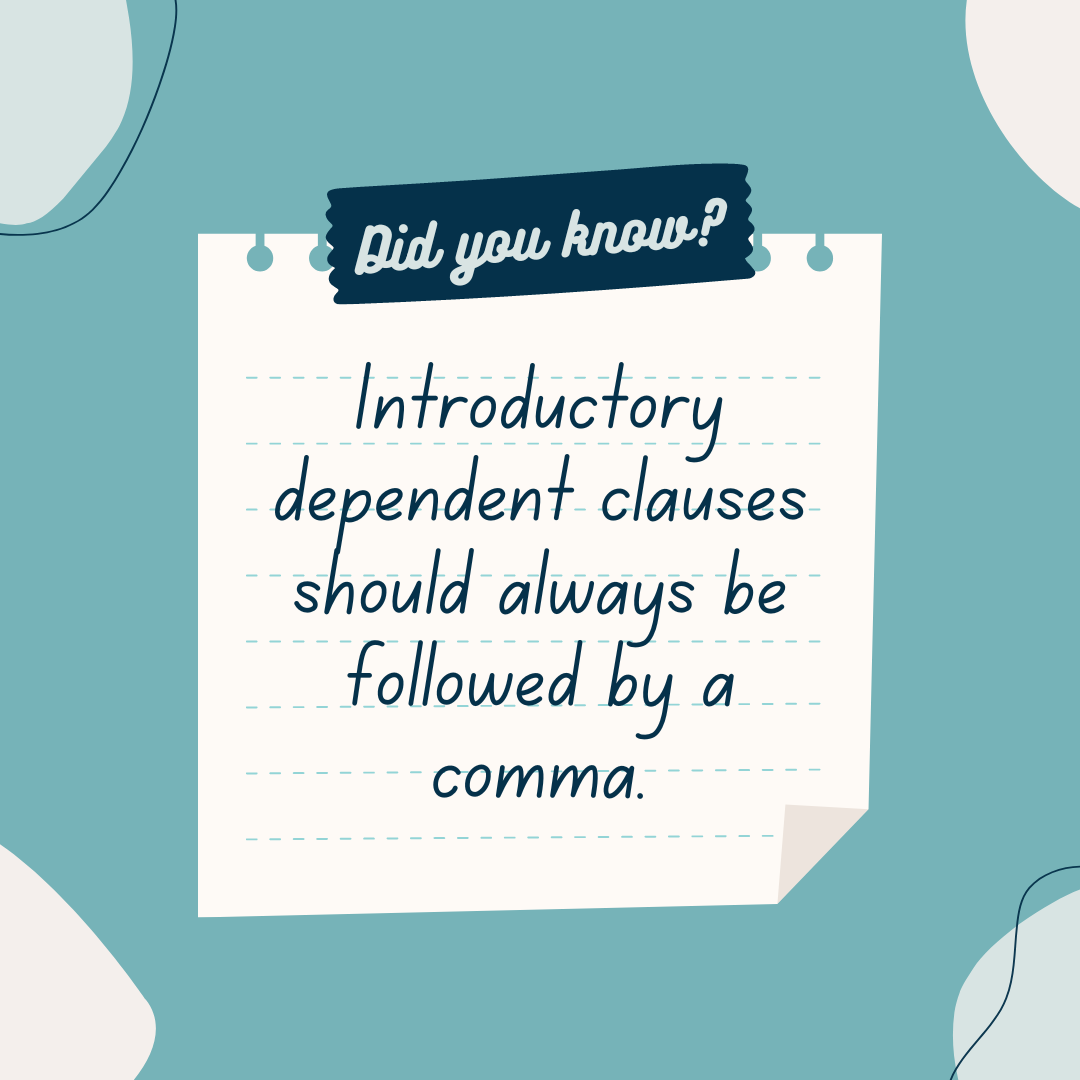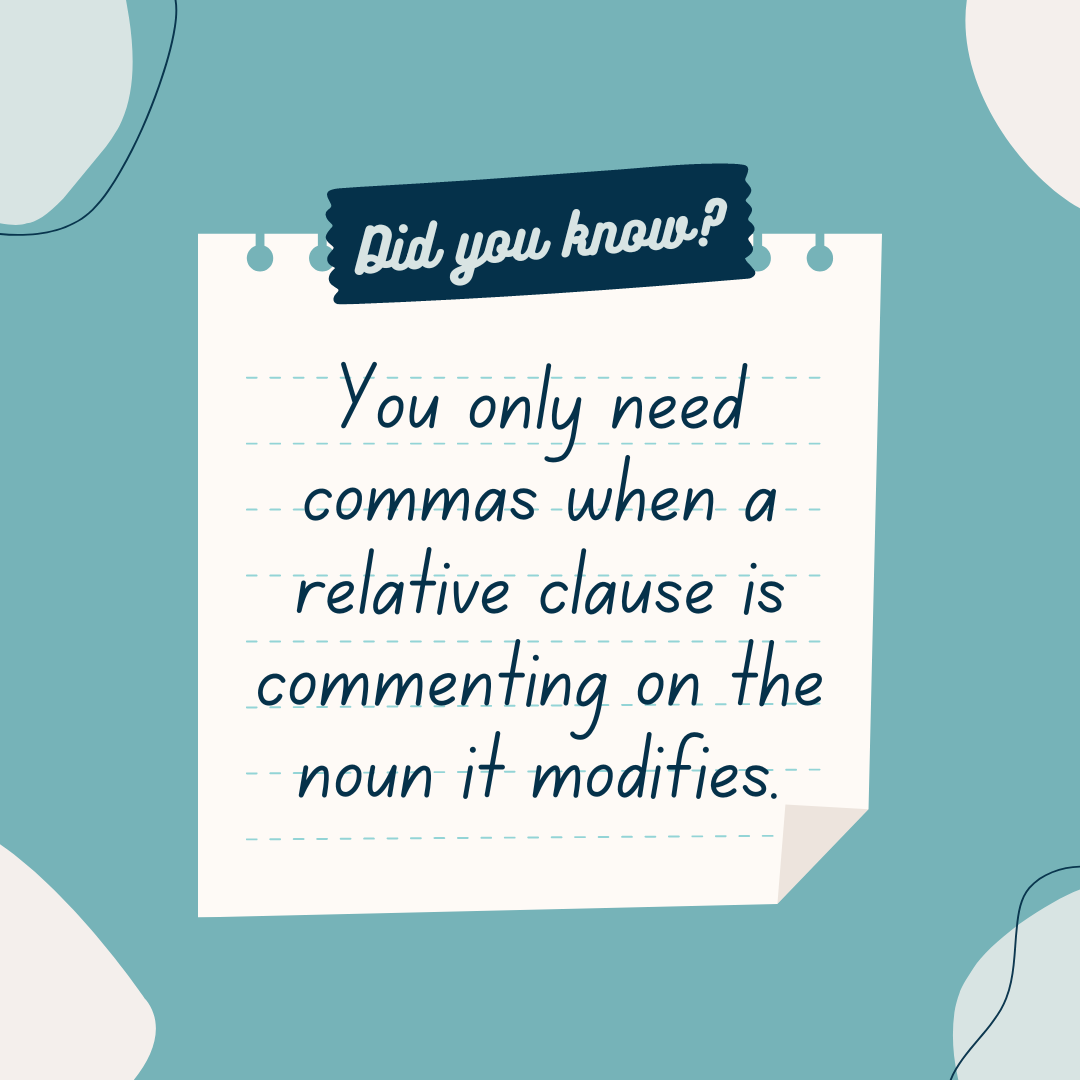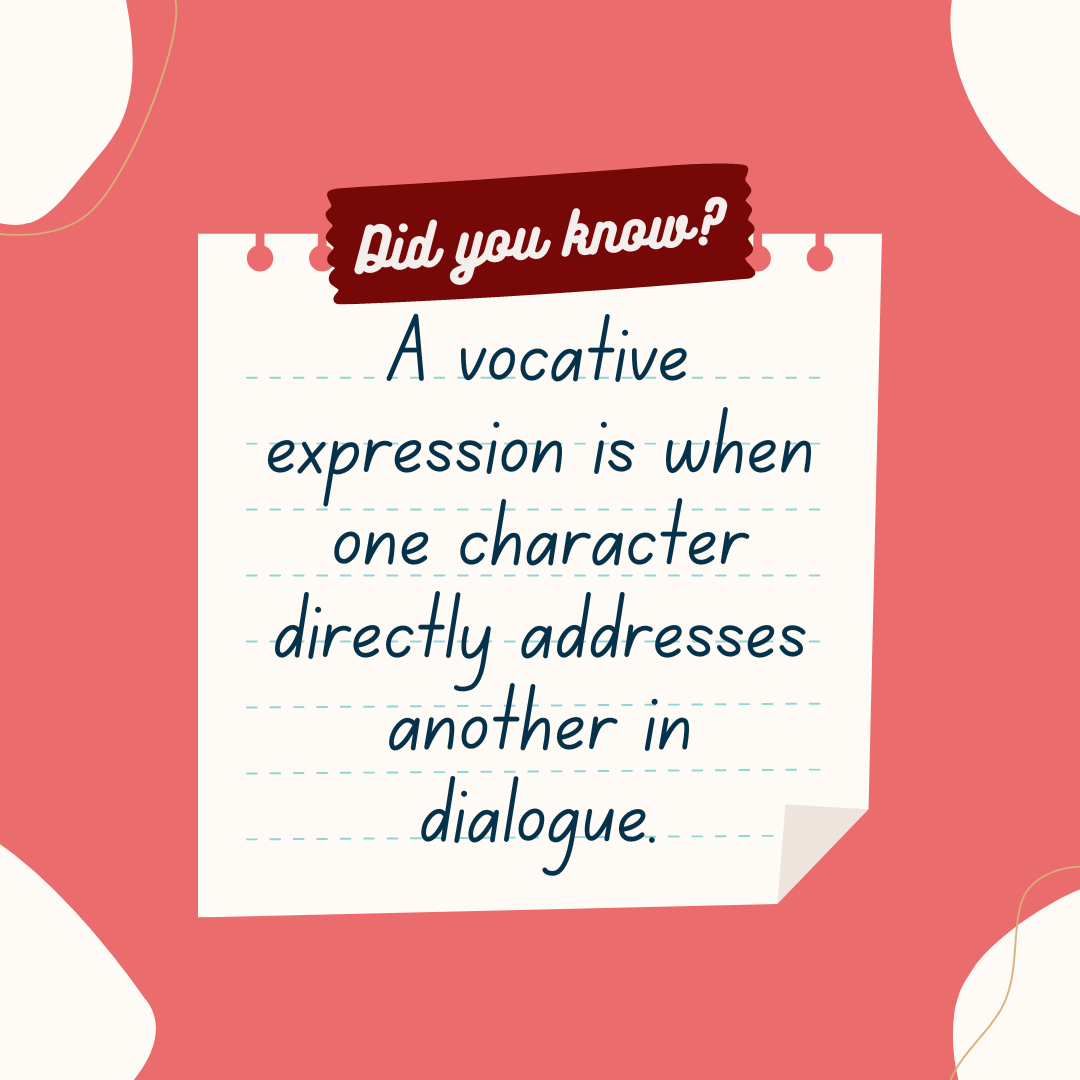What’s discussed in this post
Commas with a direct address in dialogue
“Duke, you need to stop talking.” If the direct address comes in the middle of the sentence, the expression is set off by a pair of commas: “C’mon, Addy, let’s go to the park!” If the direct address comes at the end of the sentence, a comma goes before the expression: “Go home, Martin!” Commas with an indirect quotation within the question1. A subordinate clause with a direct quotation – In this case, you'll put a comma between the subordinate clause What do you mean and the independent clause Lola ate all the cheese, and you’ll add single quotations around the independent clause. “What do you mean, ‘Lola ate all the cheese?’ ” she said. 2. A dependent clause followed by an indirect quotation – This utilizes the scheme of elision, which is when you omit or drop words that are easily understood by the reader. In this case, the omitted word is by. When you utilize elision, a comma replaces the omitted word. “What do you mean by Lola ate all the cheese?” she said. “What do you mean, Lola ate all the cheese?” she said. In either case, commas are needed between the subordinate interrogative What do you mean and the independent clause. Which style is up to you, but aesthetics should be a consideration. In the manuscripts I edited, I chose the indirect-quotation style because the direct-quotation style looked busy. Commas with relative clausesRelative clauses are dependent clauses that begin with relative pronouns. Who, which, what, and that are the most commonly used relative pronouns. Whether or not you need to set off a relative clause with a comma depends on whether the clause is restrictive or nonrestrictive. Restrictive clauses include information that is essential to the meaning of the sentence. They should not be set off with a comma or pair of commas. The woman who lives upstairs needs to soundproof her bedroom a little more. Nonrestrictive clauses include information that is not essential to the meaning of the sentence. They should be set off with a comma or pair of commas. Janet, who is my upstairs neighbor, needs to soundproof her bedroom a little more. Self-editing tipsIs it identifying? Then it is restrictive. Do not set it off with a comma. Is it commenting? Then it is nonrestrictive and should be set off with a comma or pair of commas. Many proofreading and editing softwares will pick up on vocative expressions and introductory subordinate clauses and will suggest a comma or pair of commas, so use those to your advantage. Always keep in mind that a comma is required between an introductory subordinate (dependent) clause and an independent clause, and vocative expressions should always be set off with a comma or pair of commas. Otherwise, your reader will trip over the sentence, and they’ll be pulled out of the manuscript. Further readingThe Chicago Manual of Style 5.56: Relative pronouns defined
The Chicago Manual of Style 6.24: Commas with introductory dependent clauses The Chicago Manual of Style 6.53: Commas with direct address The Chicago Manual of Style 6.54: Commas to indicate elision Comma Table Comma Series
0 Comments
Leave a Reply. |
AuthorSarah Hawkins is a geek for the written word. She's an author and freelance editor who seeks to promote and uplift the authors around her. Categories
All
Archives
December 2023
|




 RSS Feed
RSS Feed
